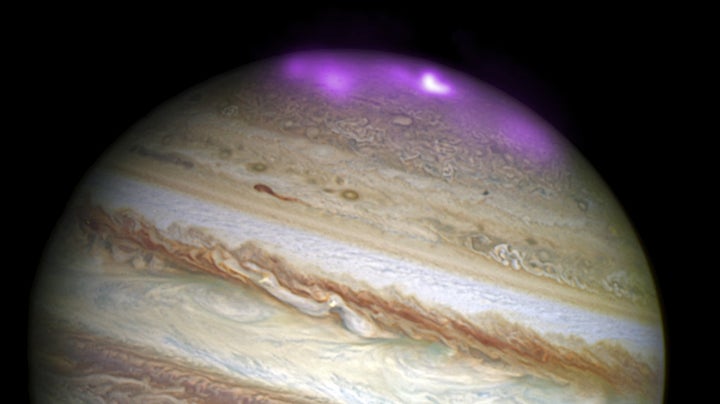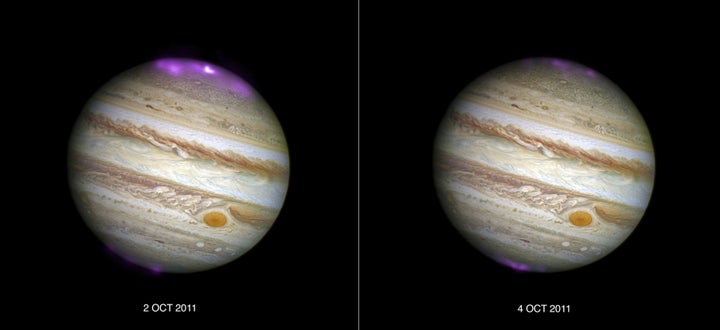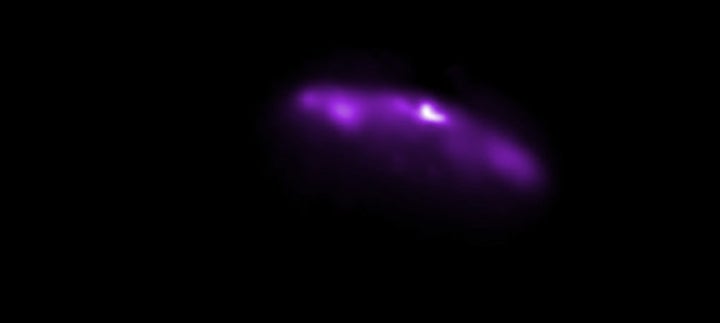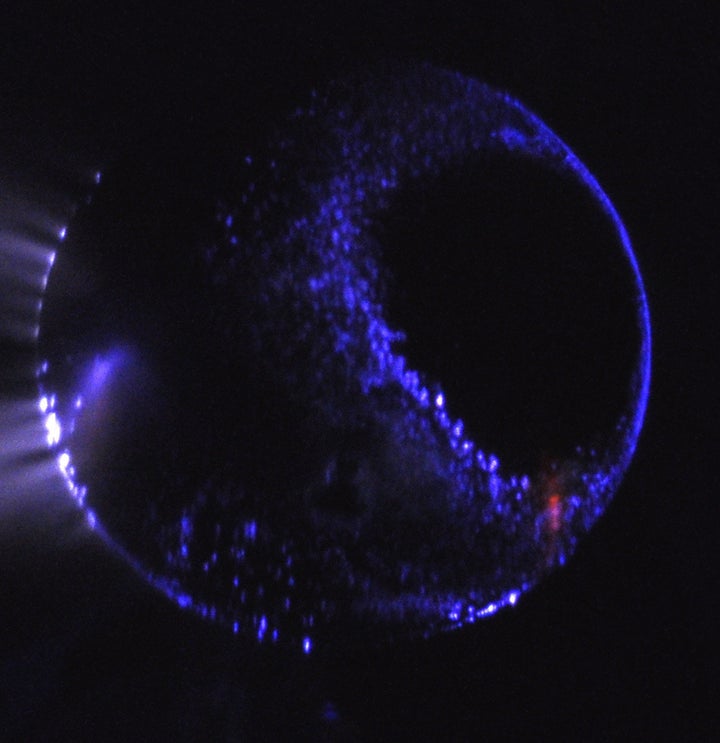
An Earth-sized X-ray aurora on both the poles of Jupiter has, for the first time, been glimpsed by NASA's Chandra X-ray Observatory.
The 'Northern Lights' were spotted by Chandra after a huge coronal mass ejection from the Sun caused a massive solar storm to collide with the gas giant.
While the Northern Lights here on Earth might be a rare sight for much of the population, Jupiter's aurora covered an area bigger than the surface of our own planet.

NASA estimates the solar storm was so powerful it temporarily shifted Jupiter's magnetic field by over a million miles.
Jupiter's aurora was first glimpsed by the Voyager 1 spacecraft in 1979. It was then in the 1990s that the Hubble Telescope witnessed Jupiter's aurora to its full extent witnessing a light show thousands of times more intense than anything seen on Earth.

Jupiter and Earth aren't the only two planets to have auroras courtesy of the Sun. Both Mars and Saturn have stunning light shows with Mars' 'Southern Lights' being glimpsed by Mars Express.

A stunning blue halo of ripples that pass over the Martian sky, Mars' aurora had until recently been completely unknown to us.
It wasn't until 2005 when Mars Express caught its first glimpse of a mysterious blue glow surrounding the red planet that we finally realised that other planets would have a visible phenomenon as well.
Now for the first time scientists from the Institute of Planetology and Astrophysics of Grenoble, NASA, ESA and Aalto University in Finland have created what they believe is the first accurate prediction of what would be the southern lights on Mars.
